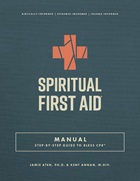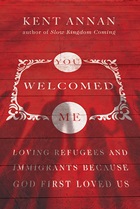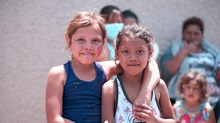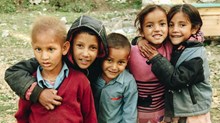The Beauty of Identifying the Gap Between Ideals and Actions

The gap between ideals and enforcement is where a lot of suffering happens. If we care about people, we care about these gaps.
I just reread the UN’s 1951 Refugee Convention and 1967 Protocol that expanded who it applied to—along with the Global Compact on Refugees and Kampala Convention, some of the core documents that shaped how care for refugees considered internationally.
Is it riveting reading? No. The documents themselves are a bit dry, committee-ish. The words can start to blur together if you start reading too late at night.
But also? Beautiful. Humanity reaching across differences to try to do good. How to come out of tragedy (WWII) and try to collaborate to help people forced to flee their home with fear of persecution for “someone who is unable or unwilling to return to their country of origin owing to a well-founded fear of being persecuted for reasons of race, religion, nationality, membership of a particular social group, or political opinion.”
Sometimes the system works relatively well. Other times, like with the Rohingya people or the current crisis in Tigray, it collapses.
Why? What is the gap between the words and what happens in reality?
Enforcement.
The way people should be treated are on paper, but they only happen if someone does it. And if peoples or nations are refusing, proper treatment only happens if someone makes them.
The cost to millions of people is mind-numbing and heart-rending.
And it made me think about another question. What are the places in our communities, our churches, and our own lives where the ideals of caring for others have no teeth of enforcement – so people suffer neglect or inadequate care.
We can find those gaps and then seek to close them. We can work to be clear about both the ideals and the necessary action and enforcement to make them reality. Because in these gaps is also where incredible beauty can happen—when we ensure people created in God’s image don’t fall through.
The Better Samaritan is a part of CT's
Blog Forum. Support the work of CT.
Subscribe and get one year free.
The views of the blogger do not necessarily reflect those of Christianity Today.






















